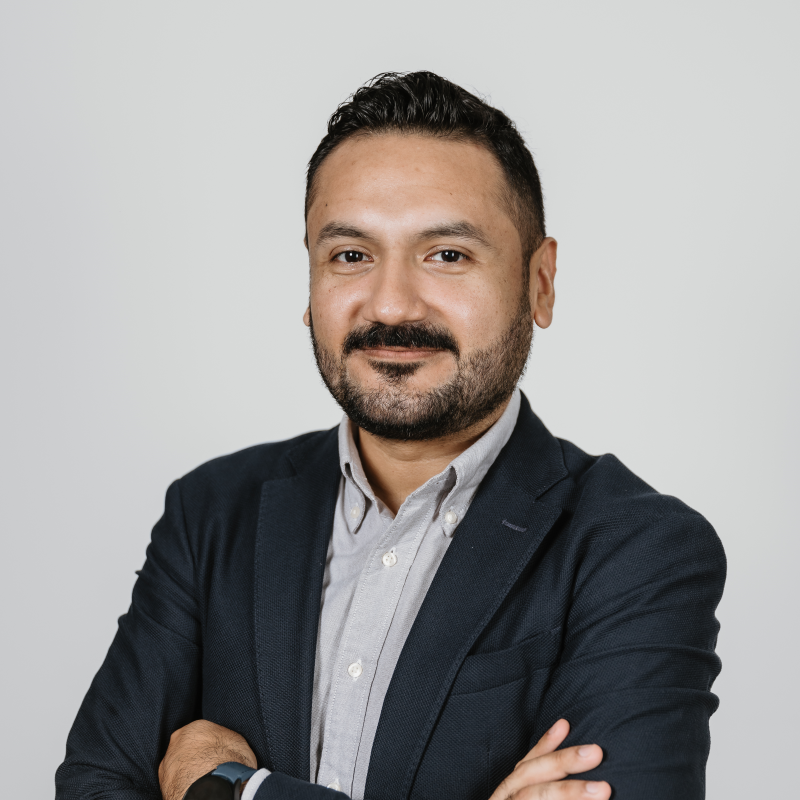Four Tips for Co-Designing Your Solution with Patients to Meet Their Needs
Patient-centric co-design is the process of identifying an unmet need and developing technical, functional, and aesthetic requirements to address it with patients as active participants. The benefits to life sciences companies include the creation of effective solutions that are usable, useful, and desirable to patients, and efficient resource deployment to achieve that goal.
There is no one-size-fits-all procedure for life sciences companies hoping to co-design solutions with patients to meet their needs and maximize resources. Your approach and methods depend on many factors.
In this article Eduardo Perez, Senior Consultant and Patient-Centric Co-Design Lead, shares four tips for you to start the process of patient-centric co-design.
Tip One: Focus on the Problem, Not the Solution
You must think about the challenge faced by patients, not about the healthcare solution that might solve it. This can be difficult, but you will define a successful solution through the process of framing the problem. A preconceived idea about the solution means that you’ll be serving your need to deliver a product rather than the needs of patients and other stakeholders. When you understand how the patient sees their problem and how they want it to be solved, the result is a fulfilling solution.
Tip Two: Learn About Your Stakeholders
You need to learn all you can about the key stakeholders. Identify the direct user of a potential healthcare solution, the patient and anyone else who will interact with the solution or with the patient in the use of the solution. In particular, take the time to understand the relationship among all the different stakeholders.
Once you’ve identified the stakeholders and their relationships to each other, you must explore their specific unmet needs. This requires you to understand each stakeholder’s function and whether they are currently able to complete that function. This can form the basis of how your solution will support that function. Uncover what the product must do based on what the stakeholders need and want.
Tip Three: Choose the Right Methods
Once you have framed the problem and identified the stakeholders, it’s important to choose the right methods for gathering the data you’ll need to solve the problem. These methods include surveys, interviews, workshops, focus groups, and more. To choose your methods, think about what type of information you need and how you will interact with patients and other stakeholders to elicit the appropriate level of detail. You may decide to run interactive interviews with a set of challenges for stakeholders to respond to, rather than conducting an interview with open-ended questions. Another option is to conduct a workshop with different types of stakeholders who have varied relationships with the problem. The methods you choose will vary but should be focused on what you need to know in order to develop the best possible solution.
Tip Four: Iterate the Co-Design Process
To deliver a workable solution, you must build, test, and iterate. The more cycles you can perform and the more you can involve patients and other stakeholders in each cycle, the more robust your design will be and the more data you will generate.
Build the solution based on the design requirements you have defined with patients. Test with the stakeholders who will have a relationship with the solution, based on how you defined the measurement of success. The number of iterations you are able to perform will depend on your company resources, on the type of product, and any associated regulatory requirements. Start the cycle of iterations as soon as possible so that you don’t waste resources on something no one wants. You want to confirm that what you understood from stakeholder input is working to solve the problem you identified together.

Eduardo Perez
Co-Design Expertise
To learn more about patient-centric co-design, check out “How to Co-Design a Solution with Patients To Meet Their Needs” and “Misconceptions About Patient-Centric Co-Design.”
Our expertise in patient engagement will help you involve patients in the process of designing the solutions they need. Contact us to discuss your patient-centric co-design approach.
Subscribe to our newsletter for the latest news, events, and thought leadership
